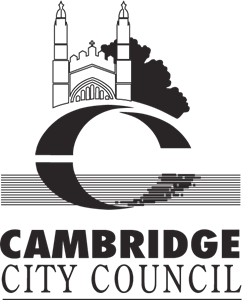Adam and Eve in Paradise by Johann König, Nuremberg 1629
In the beginning he ground the earths by hand to make the colours. God knows creative work takes time when you start from scratch. Eve’s skin is a mix of raw umber, burnt sienna and zinc white; Adam’s naked flesh is the same but of different proportions. Johann König blends them into being his pallet a laboratory. He experiments with human tissue and biomass. Blue and yellow are mixed in an evolution of greens, a lush garden where ripe fruits are highlighted with tempting shiny flecks of white.
Johann takes up the copper plate on which to work. He faintly sees his own conscience reflected in its surface. The untarnished metal tells plane truths but as he applies the brush his image is gradually hidden as if ashamed. As he sets to work he paints himself out of paradise, delusion and denial his oil and pigment. He is not alone. What does Eve know as she offers Adam his apple while hiding her own behind her bare back, turned against nature? Eve has crossed more than half the painting impatient to be gone and her fleshy body looks as if it has already received more attention than just the artist’s gaze. The dogs are rehearsing to be obedient servants; they are curled up unconscious next to the first man as he quizzically contemplates his navel. Behind Eve the hungry bear emerges from the shadows impatient to take her place; a carnivore by nature he eyes the sheep with pent up malevolence. Soon the greens, sumptuous tints, will be mixed with muddy shades of red. Even the coiled serpent has anticipated his punishment and legless slips from sight. Has Johann called them back to re-enact the crime scene, a reconstructed paradise, a garden of illusion from which they had already fled to find their way in the real world?
When the light has gone Johann lays down his brush returning to his pestle and stone mortar. Worn down by doubt he grinds his garden into existence while longing for dawn. The naked models, caring not a fig for the artist’s angst, put on their mundane clothes of manual labour and step into a darkening night. Outside his Nuremberg studio the snow rallies on the city’s flawed and rambling roofs as the black forests to the East turn half white with medieval virtue. They are not yet on trial.
Sebastian Blackie






